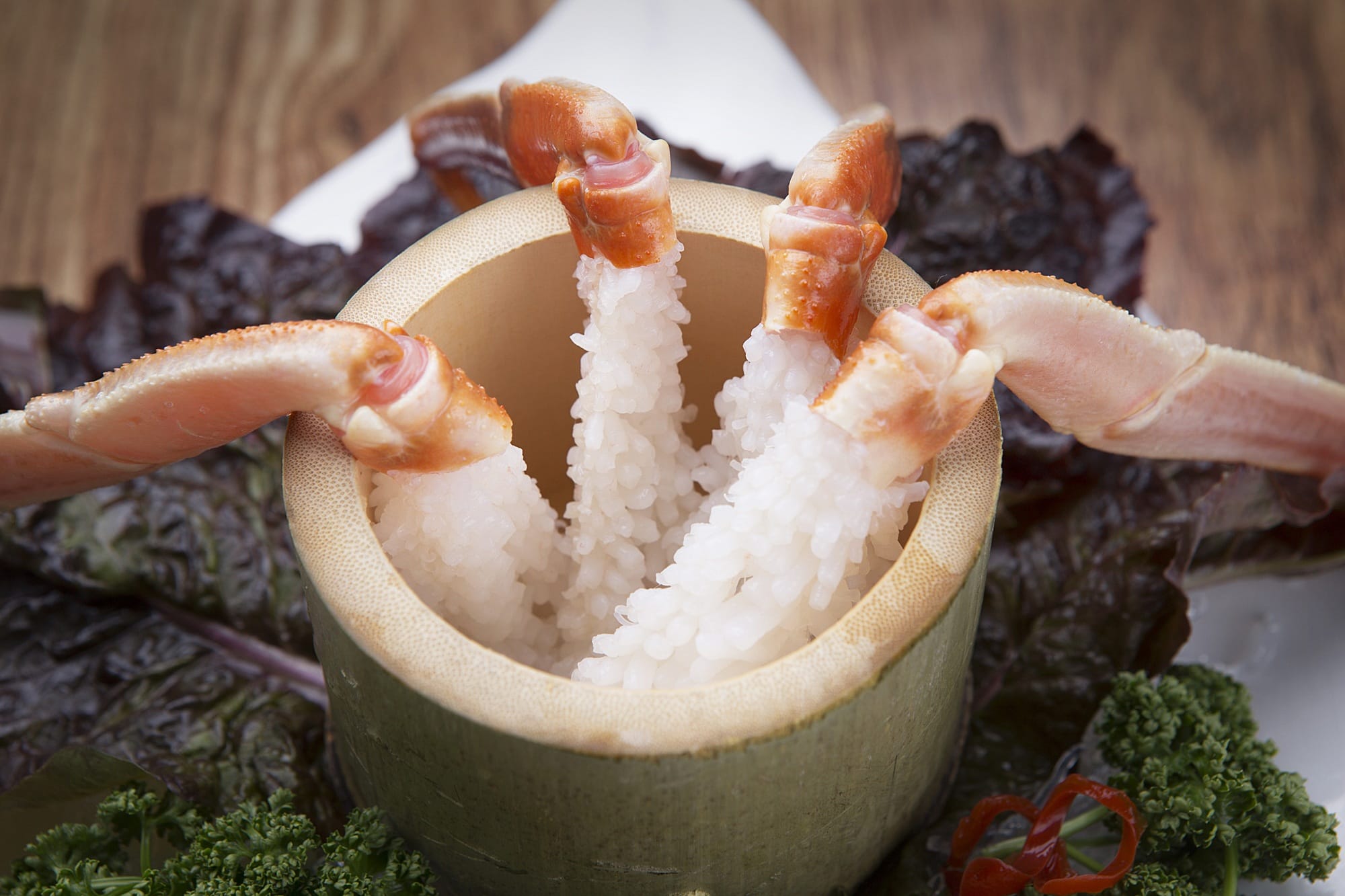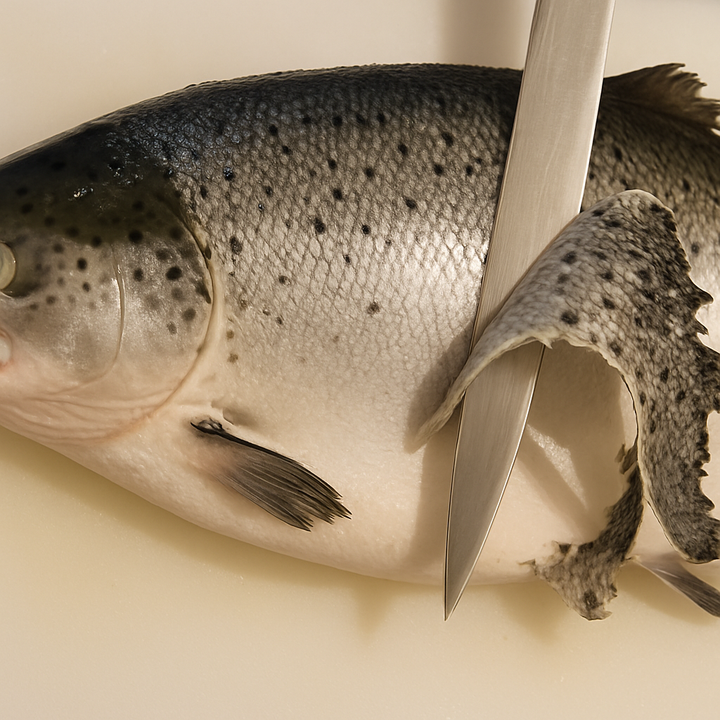An Insight into Japan's Celebrated Snow Crab Brands
Zuwaigani, or snow crab, is a cherished winter delicacy in Japan. These crustaceans are marketed under various brand names based on their region of origin, with some gaining significant recognition among consumers.

Every year in early November, the Sea of Japan transforms into a bustling hub of activity as the fishing season for zuwaigani (snow crab) begins.
This much-anticipated season brings with it the promise of delectable crustaceans, whose delicate, sweet meat is a hallmark of Japanese luxury cuisine.
Aside from being one of the most expensive crabs in the world, snow crabs are highly coveted as culinary treasures.
To maintain their exclusivity and ensure quality, fishermen have adopted a tagging system that verifies the crabs' place of capture and landing.
This meticulous process has given rise to numerous regional snow crab brands, each with its own reputation for excellence.
The Most Recognized Snow Crab Brands
A recent survey conducted by Hankyū Travel International shed light on consumer recognition of the various trade names associated with snow crabs.
Leading the rankings were Echizen-gani and Matsuba-gani, recognized by 75.0% and 67.0% of respondents, respectively.
These two brands have long been synonymous with premium snow crab quality. Trailing significantly behind were Kasumi-gani and Taiza-gani, with recognition rates of 20.3% and 14.3%.
This disparity highlights the strong branding and historical prestige of Echizen-gani and Matsuba-gani, which have become household names among Japanese gourmet enthusiasts.
However, lesser-known brands like Kasumi-gani and Taiza-gani also possess unique characteristics that make them highly sought after by those in the know.
What Defines a Snow Crab Place Origin of Branding?
Despite differences in origin, one commonality unites all snow crab brands: they primarily market male specimens of either zuwaigani or beni-zuwaigani (red snow crab).
Male crabs are prized for their larger size and meatier claws, which offer a superior dining experience compared to their female counterparts.
The tagging system used by fishermen plays a crucial role in preserving the integrity of these brands.
Each tag specifies the place of capture, ensuring traceability and reassuring consumers about the authenticity and quality of their purchase.
Echizen-gani:
Hailing from Fukui Prefecture, which was historically known as Echizen Province, these snow crabs are among the most sought-after varieties of zuwaigani. Revered for their premium quality, they often fetch exceptionally high prices.
Matsuba-gani:
Originating from the San’in region, specifically the ports of Tottori and Shimane Prefectures, Matsuba-gani are renowned for their long, slender legs reminiscent of pine needles. Their elegant appearance and exquisite flavor make them highly prized.
Kasumi-gani:
Sourced from Kasumi on the Japan Sea coast in northern Hyōgo Prefecture, Kasumi-gani are red snow crabs with a longer fishing season, spanning from September to May. Due to abundant catches, these crabs are often more affordable compared to other premium zuwaigani varieties.
Taiza-gani:
These snow crabs are exclusively landed in Taiza, located in the northern part of Kyōto Prefecture, and are celebrated for their exceptional taste and quality.
Maizuru-kani:
Known for their impressive size, Maizuru-kani are snow crabs weighing 800 grams or more, caught at Maizuru in Kyōto Prefecture.
Kanō-gani:
Named after the first characters of Kaga and Noto—two regions in Ishikawa Prefecture—these snow crabs are a regional delicacy, cherished for their tender, flavorful meat.
Tsuiyama-kani:
Landing in Tsuiyama, Hyōgo Prefecture, these snow crabs are another highly valued catch with a devoted following.
Koshi no akagani:
These red snow crabs hail from Toyama Prefecture, formerly known as Koshi, and are prized for their distinctive flavor and vibrant appearance.
Shibayama-gani:
Exclusive to Shibayama in Hyōgo Prefecture, these snow crabs add to the rich culinary heritage of the region.
The Role of Sustainability in Snow Crab Fishing
One of the reasons Japan’s snow crab industry has thrived is its commitment to sustainable fishing practices.
Strict quotas are enforced to prevent overfishing, and crabs below a certain size or females carrying eggs are returned to the sea. This approach ensures the long-term health of crab populations and the marine ecosystem.
Culinary Applications and Cultural Significance
Snow crabs are a staple in Japanese winter cuisine, prized for their versatility.
They are often served boiled, grilled, or as sashimi, allowing their natural sweetness to shine. Crab hot pot, or "kani-nabe," is a popular dish during the colder months, bringing families together to enjoy the warmth and comfort of communal dining.

Beyond their culinary appeal, snow crabs hold cultural significance in Japan.
Festivals and events celebrating the crab fishing season are common in coastal regions, showcasing local pride and traditions.
These events often include seafood auctions, tastings, and cooking demonstrations, providing visitors with a deeper appreciation for the craftsmanship and care involved in producing high-quality snow crab.
Snow Crabs in the Global Market
While snow crabs are deeply rooted in Japanese culture, their fame has spread internationally.
High-end restaurants around the world feature Japanese snow crabs on their menus, often highlighting their origin to attract discerning diners.
This global demand has further elevated the prestige of Japan’s regional crab brands, making them a symbol of culinary excellence.
Conclusion
The world of Japan’s snow crab brands is as rich and diverse as the crabs themselves.
From the imperial-grade Echizen-gani to the rare and exclusive Taiza-gani, each brand tells a story of tradition, quality, and meticulous care.
As the fishing season kicks off each November, it’s not just the crabs that are celebrated but also the dedication of the fishermen and communities that bring these treasures from sea to table.


